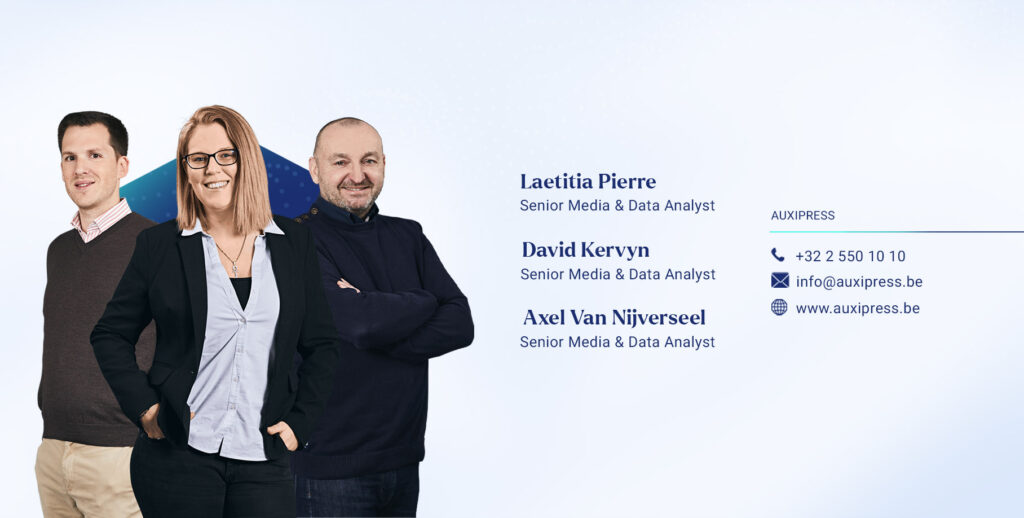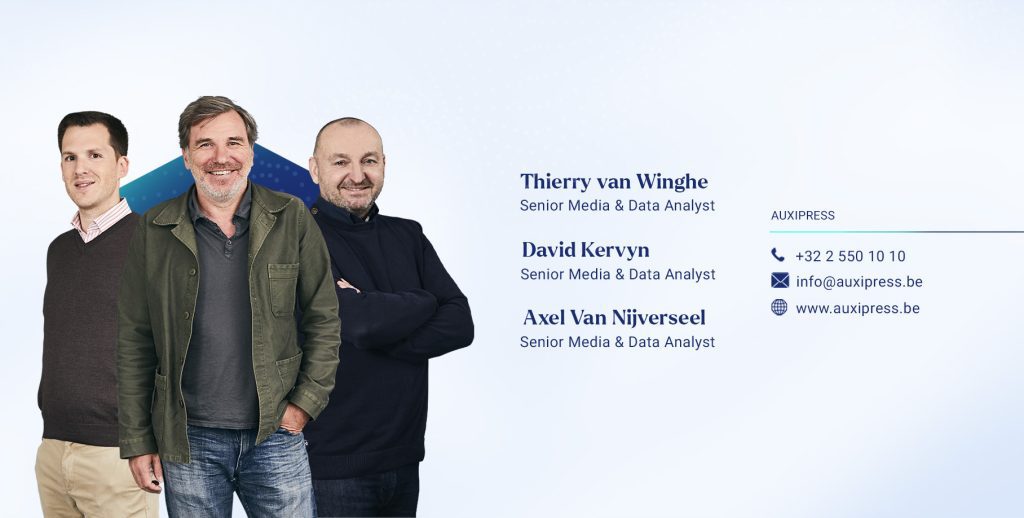We already discussed client marketing in a previous article. We mentioned how indispensable it is and touched on the concept of client life cycle. We will now deepen our knowledge of this concept. A client’s life cycle is the process the client goes through at an enterprise. It consists of several phases: acquisition, loyalty creation, retention and reactivation. The analysis of the different phases enables each of your departments to act appropriately.
Acquisition
The acquisition phase involves potential clients rather than clients. Enterprises meet prospects. You may have contacted them, while others came to you by themselves. In either case, it is crucial to first establish a diagnosis.
Selling a product or service to somebody is one thing, but selling the right product, which the prospect needs, is another matter. Understanding the client’s needs is of utmost importance. Clients who are offered a product or service which perfectly fits their needs will be happy, loyal and perhaps an ambassador for your brand.
Loyalty creation
Once the first sale completed, the prospect becomes an official client. Creating loyalty requires several steps, among which customer care and development.
Clients must feel listened to and understood. They must be able to reach you at any given time and feel supported whenever the need arises. In other words, every new client must be reassured about the fact that he made the right decision. You ought to convince him that you are indeed the best choice.
The basis of the relation and the confidence established in the acquisition phase must be strengthened. The best way to nurture this good relation is to proactively contact those clients. This contact can be made by the salesperson or by someone from customer care. Personalised mailings are often very efficient to stay in touch with clients. Next to maintaining the relation and keeping the confidence level high, these methods are a veritable treasure trove of information about a client’s level of satisfaction.
Proactively getting in touch with clients results in two crucial elements: On the one hand, new opportunities may arise. The client’s needs and desires may have evolved over time. These development opportunities could have a positive impact on your turnover and extend the client’s life cycle at your company. On the other hand, the presence of disgruntled clients could be revealed, which brings us to the next phase: retention.
Retention
Facing clients who are dissatisfied with your products and services is never a very enjoyable scenario. Though seldom delightful, this piece of information is of vital importance. The retention phase boils down to one main question: Why?
Why has your client become dissatisfied? Does your product or service no longer meet his/her expectations? Has the client found the same product or service elsewhere at a lower price? Have his needs changed?
Once this analysis completed, you will be able to steer the client quickly and efficiently in the right direction. Remember that clients cannot be retained for a very long period. As I already mentioned in a previous article entitled « Why is customer marketing vital for a company? », we are living in a world where consumers know that information is only a few clicks away. Therefore, it is crucial to reduce the retention phase to a minimum and operate in a highly responsive manner. Allaying a client’s fears enables a return to the loyalty creation phase.
Unfortunately, not all endings are happy. You may not be able to change your client’s mind. Do not worry too much, there is still hope!
Reactivation
You and your client have parted ways, but that may only be temporary. A client who decided to seek better elsewhere, believing grass was greener on the other side, could leave his new supplier and come back to you!
The reactivation of an account entails a few requirements. First, it is important that the previous relation with the client ended on good terms. Otherwise, the odds that the client ever returns are very slim, unless you have got an amazing proposal, or the contact person left the organisation.
The second requirement concerns the timing. One must choose the appropriate moment to get in touch with a lost client again. Show your ex-client that you have not forgotten him. This should happen before the contract with your competitor is renewed. Reaching out to him on time and showing that you still care by proposing interesting stuff could enhance your chances of winning him back greatly.
Before we part, we would like to use Auxipress as an example. Each of our clients has his own strategy, stakes, complex environment and issues. We are aware of these elements and finetune our approach accordingly.
Some clients are looking for brand enhancement analysis, benchmarks or an in-depth assessment of their sector of activity. Others are seeking efficient and forceful media monitoring. Some organisations are going through a rough patch and would love to find support solutions to overcome the challenge and get out of the rut.
Each enterprise has different needs, which can evolve over time. That is why Auxipress developed a broad offer which can be tailored to the clients’ ever-changing needs.
The road to a successful relation with clients goes through good communication. If you succeed in establishing a communication strategy which is compatible with the sector and the clients, you will be able to undertake the necessary actions at the right time.












